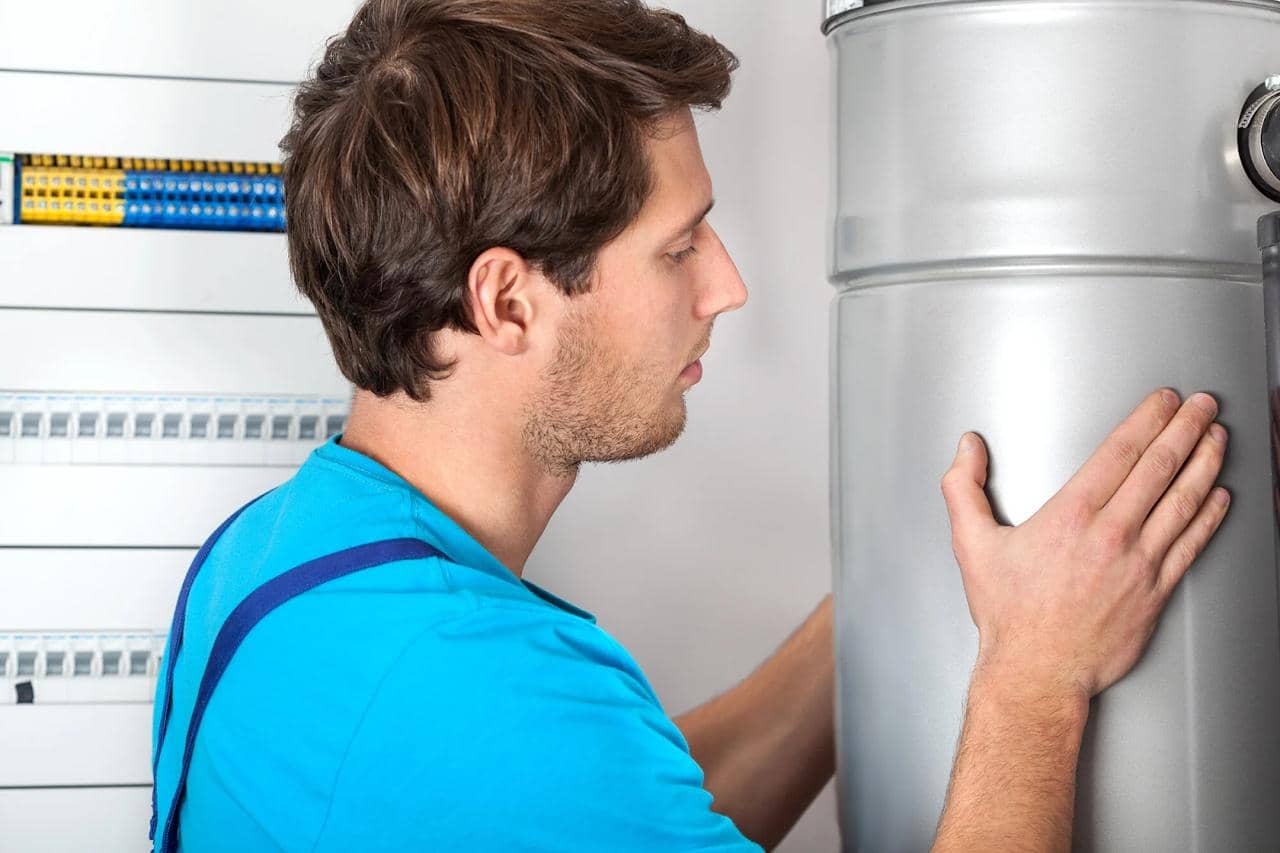
In an era where the environment is on everyone’s lips, it’s no wonder that eco-conscious homeowners and businesses are seeking greener solutions to their most wasteful daily acts. Heating our homes, offices, and facilities may be as natural as breathing, but it’s a critical cog in the wheel of eco-change. One of the lesser-known but incredibly powerful tools in the green heating arsenal is the biomass boiler. If you’re new to the concept, fear not—this comprehensive guide is designed to unravel the four critical secrets to not only understanding but capitalizing on the potential of biomass boilers for a more sustainable future.
1. Choosing the Right Biomass Boiler
Factors to Consider When Selecting a Biomass Boiler
Selecting the right biomass boiler is crucial. Factors such as the size of the building, local climate, and energy needs will impact the type of boiler you need. In some cases, a system that can provide combined heat and power (CHP) might be the most efficient solution. Moreover, at https://innasol.com/ and other similar websites, you can learn more about the types of biomass boilers and their features. That way, you can make an informed decision when it comes to investing in a biomass boiler.
Sizing and Efficiency Guidelines
Bigger isn’t always better, and with biomass boilers, selecting a unit that matches your heating needs is imperative. Oversized boilers can be inefficient and costly to run. Manufacturers provide sizing guides and output ratings for their boilers, and consulting with an experienced installer can help ensure you select the most efficient option for your space. Additionally, look for high-efficiency models with features like automatic cleaning systems to minimize maintenance and optimize performance.
2. Proper Installation and Maintenance
The Importance of Professional Installation
Installing a biomass boiler is not a DIY job. These systems can be complex, involving not just the boiler unit but also fuel storage and distribution systems. It is crucial to have your biomass system installed by a qualified professional to ensure safety, efficiency, and compliance with local regulations. A good installer will evaluate your needs, recommend the best system, and perform an airtight installation to prevent heat loss.
Regular Maintenance Tips to Ensure Peak Performance
Like any heating system, biomass boilers require regular maintenance to ensure peak performance. This includes cleaning the heat exchanger, flue pipes, and combustion chamber to prevent the build-up of ash, which can reduce efficiency. In addition, regular checks of the fuel feed system and ignition components are necessary to prevent downtime. Maintenance schedules can vary depending on the system and fuel type, so be sure to familiarize yourself with the manufacturer’s recommendations.
3. Optimizing Fuel Efficiency
Best Practices for Fuel Selection and Storage
The type and quality of fuel used in your biomass boiler have a significant impact on its efficiency. High-quality, dry fuel will provide the best combustion and heat output. The ideal moisture content for wood fuel is typically below 20%. Proper storage is also critical to prevent fuel degradation and ensure it remains dry. Storage facilities should be located as close as possible to the boiler to reduce transport costs and fuel-handling losses.
Adjusting Boiler Settings for Maximum Efficiency
Modern biomass boilers come with a range of settings that can be adjusted to optimize performance. Parameters such as the air-to-fuel ratio, which controls how much combustion air is supplied for a given amount of fuel, can be fine-tuned for peak efficiency. Most boilers will have default settings, but adjusting these to suit your specific environment and fuel type can lead to significant savings in both fuel consumption and maintenance costs.
4. Integrating with Other Energy Sources
The Advantages of Biomass Boiler Integration with Solar or Heat Pumps
Biomass boilers can be even more efficient when combined with other renewable energy sources. Solar thermal panels can be used to preheat water before it enters the biomass boiler, reducing the amount of fuel needed to heat it to the required temperature. Heat pumps, especially ground sources or water sources, can also work in tandem to lower the overall energy used for heating. This sort of integrated system is referred to as a ‘hybrid’ and can offer a reliable, high-efficiency heating solution year-round.
The switch to greener heating solutions is not just about doing right by the environment; it’s a strategic move for personal and business longevity in an increasingly eco-aware marketplace. Biomass boilers offer a necessary piece of the sustainability puzzle, and by understanding and utilizing the insider secrets detailed in this guide, you’re well on your way to experiencing the bliss of efficient and guilt-free heating. Be it in your quaint home, bustling workplace, or industrial setting, the warmth of a sustainable future is within reach, and it starts with a thoughtful investment in biomass heating.
For further information on navigating the green heating landscape or to take the next steps towards biomass boiler installation, we encourage you to connect with industry experts, explore case studies, and, most importantly, engage in the dialogue on our shared environmental responsibilities. Together, we can turn up the heat on climate action and enjoy the enduring benefits of biomass boiler bliss.
Advertise with the mоѕt vіѕіtеd nеwѕ ѕіtе іn Antigua!
We offer fully customizable and flexible digital marketing packages.
Contact us at [email protected]
















